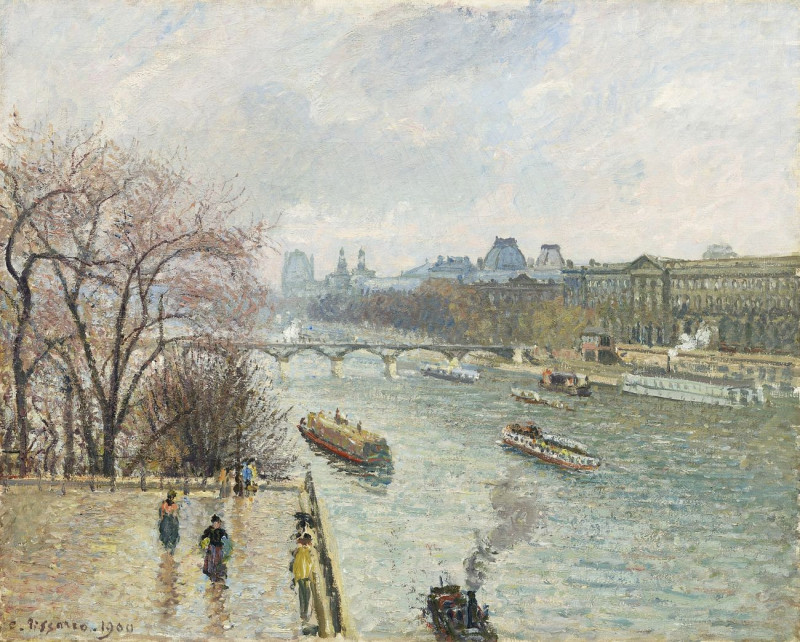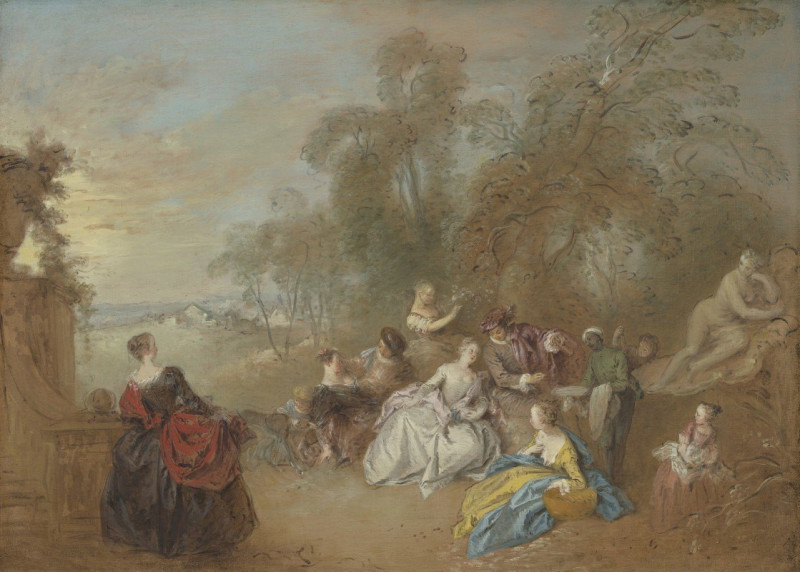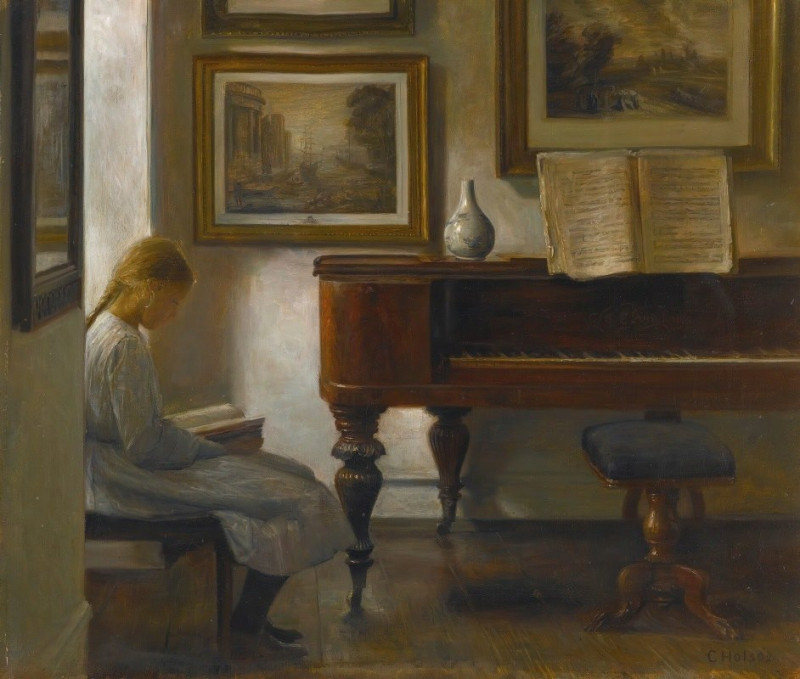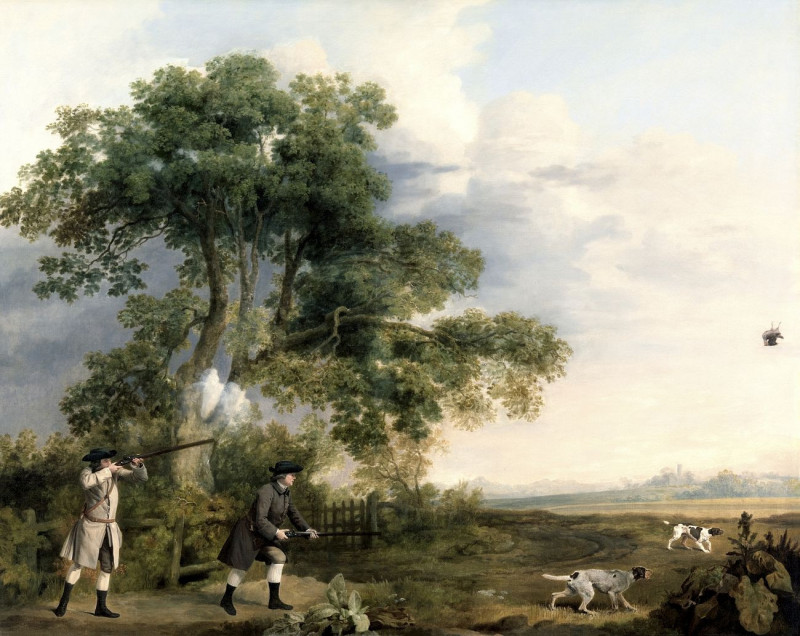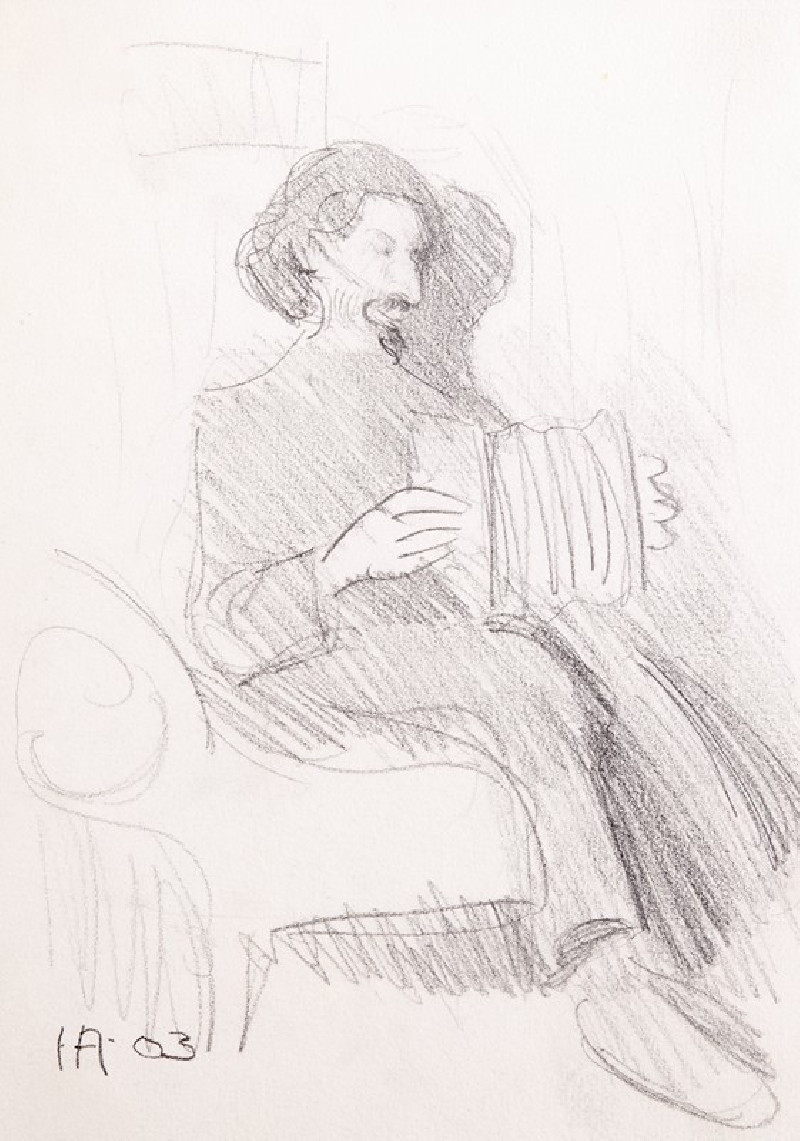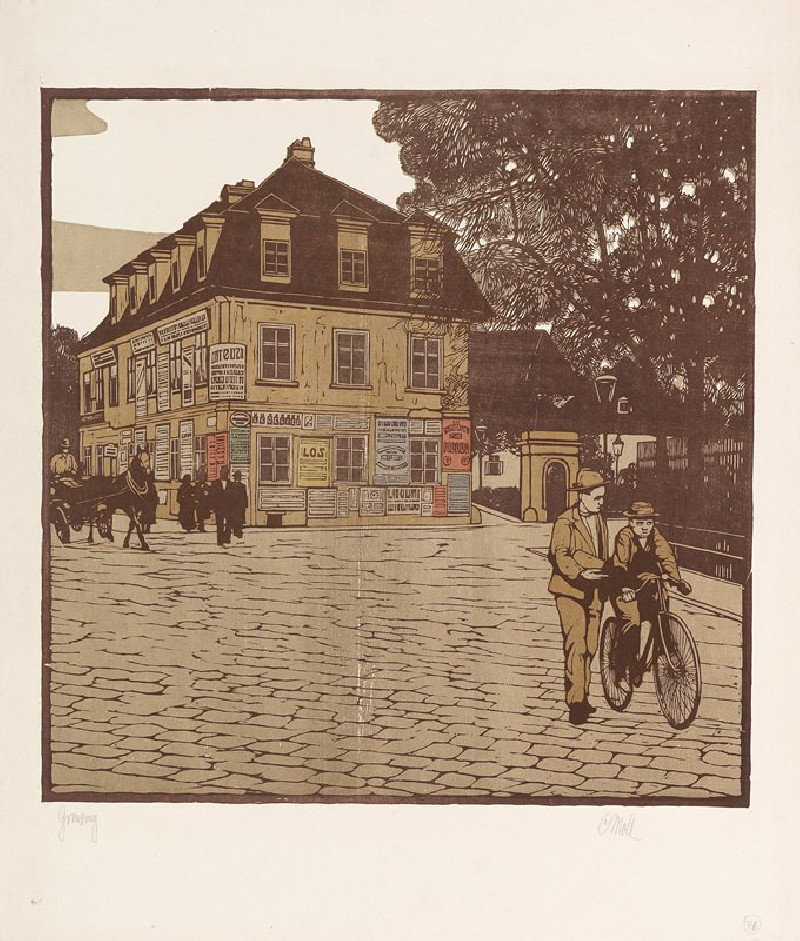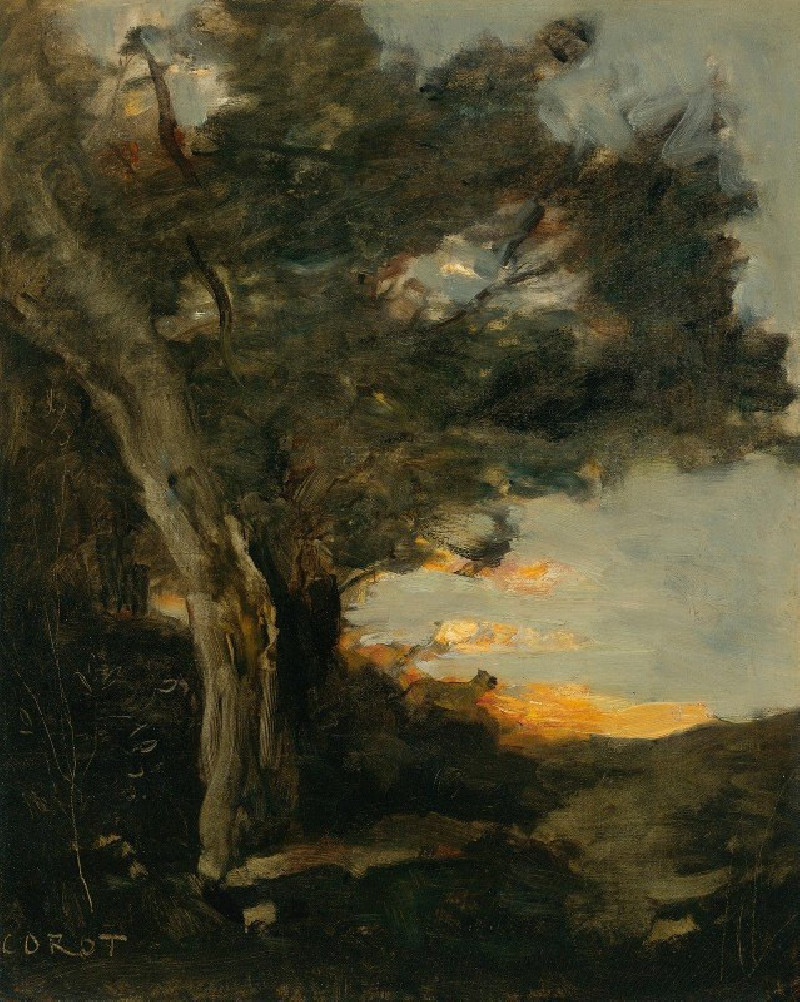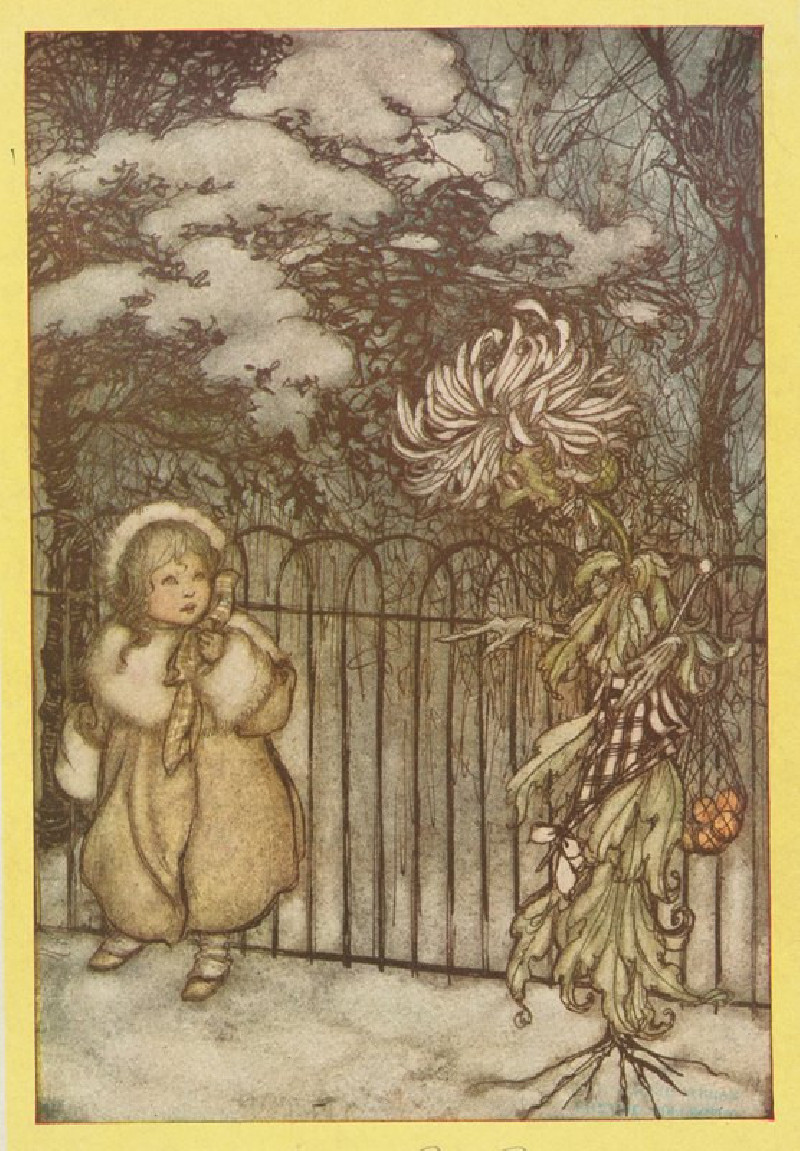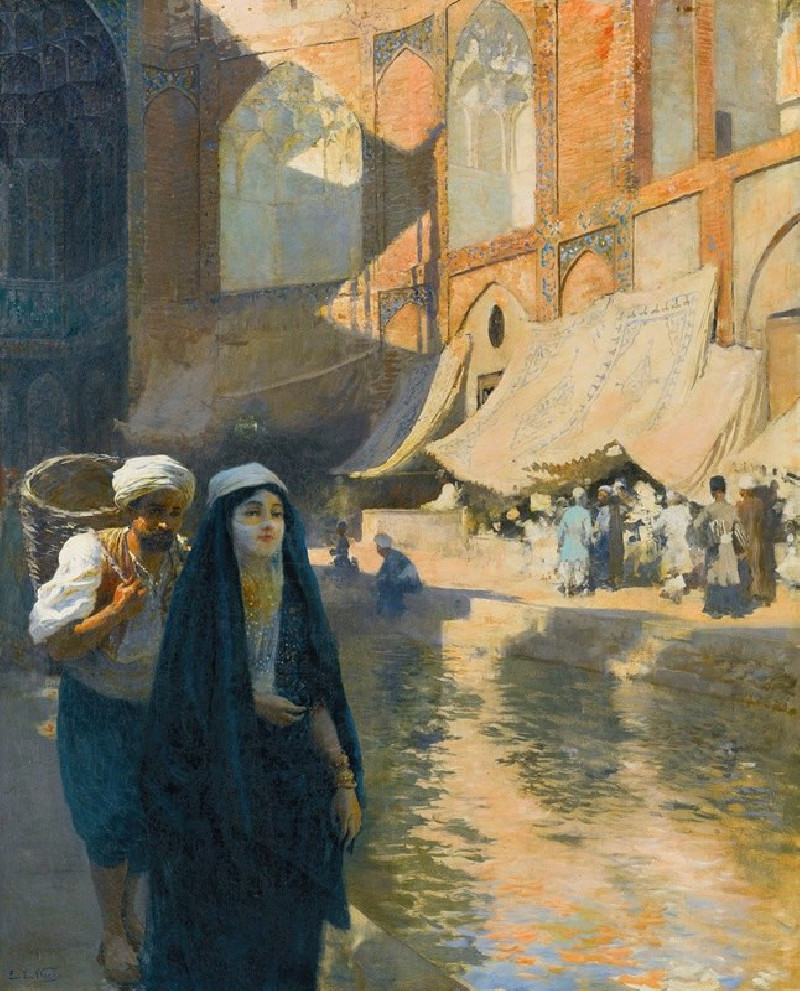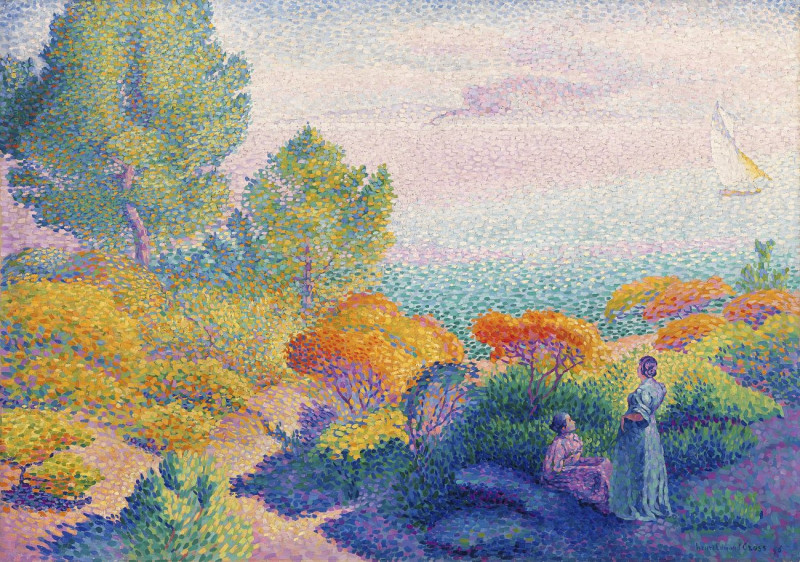The Louvre, Afternoon, Rainy Weather
Technique: Giclée quality print
Recommended by our customers
More about this artwork
"The Louvre, Afternoon, Rainy Weather" by Camille Pissarro captures a vibrant yet tranquil scene along the Seine in Paris. This painting, done in Pissarro's characteristic impressionist style, depicts a cloudy, rainy afternoon with soft, moisture-laden atmosphere.The composition reveals a bustling riverside. People, umbrellas in hand, stroll leisurely along the quays, dressed in attire suggestive of the late 19th century, when the painting was created in 1901. The figures are painted with quick, loose brushstrokes, typical of Impressionism, implying movement and the fleeting nature of the moment.In the background, the grand architecture of the Louvre museum extends across the canvas. Despite the overcast sky, the edifice stands out with a quiet majesty, its details softened and somewhat obscured by the rain. The river Seine flows actively in the foreground, animated with boats; some steam-powered, moving busily along the water. These boats add a dynamic element to the scene, contrasting with the stillness of the architecture and the leisurely pace of the walkers.Pissarro's palette is muted, with a dominance of grays and blues that echo the rainy atmosphere, yet there are touches of warmer tones in the trees and the reflections in the water, suggesting the presence of life and activity despite the dreary weather.
Delivery
Returns
Blessed are they who see beautiful things in humble places where other people see nothing. — Camille Pissarro
Camille Pissarro (1830-1903) was born on St.Thomas (now the US Virgin Islands) to a Portuguese father and a Dominican mother. He went to Paris to study art at Ecole des Beaux-Arts. He was an early pioneer of pointillism and neo-impressionism and later became a mentor of many famous impressionist painters including Cezanne, Manet, Renoir, and Gauguin. His paintings depicted rural and urban French landscapes and lifestyle. Many of his works politically captured images of peasants and laborers. Today, he is considered the father of impressionism.

